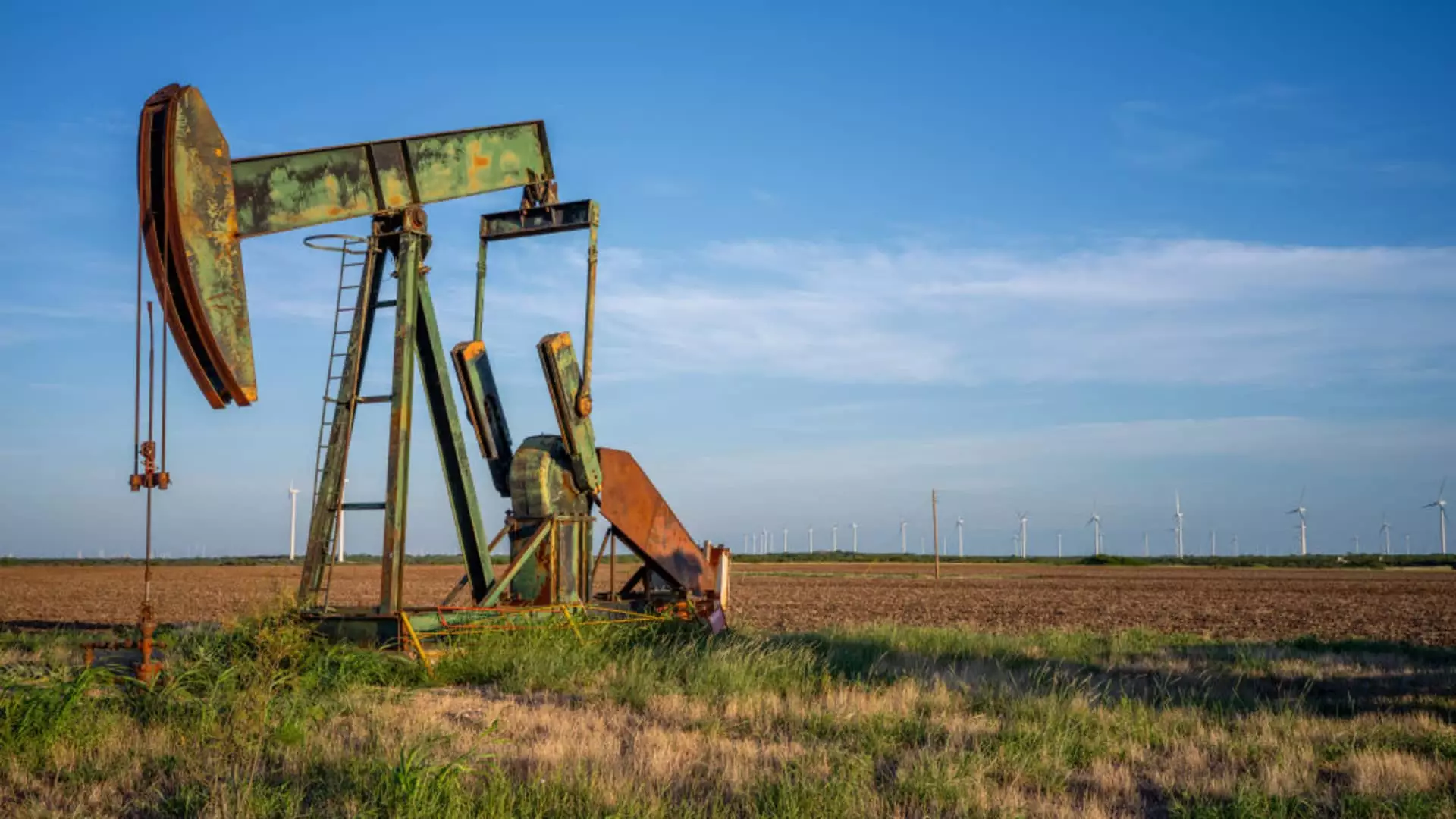Coterra Energy recently released its third-quarter earnings, revealing a complex picture that suggests both resilience in its operational performance and challenges due to fluctuating market conditions. As investors sift through the numbers from the three months ending September 30, Coterra’s results illustrate the intricate dynamics of the energy sector and the multifaceted strategies employed by the company to navigate this ever-evolving landscape.
In terms of revenue, Coterra reported $1.36 billion for Q3, a figure that remained virtually unchanged from the previous year. Although this amount exceeded the consensus estimate of $1.3 billion, it also highlighted a certain stagnation, particularly when compared to the industry’s upward trajectory amid rising energy prices. Notably, adjusted diluted earnings per share fell by 36% compared to the previous year, settling at 32 cents. This figure missed analysts’ expectations of 34 cents, raising questions about the company’s capacity to maintain profit margins in a volatile market.
Despite these disappointing earnings per share figures, Coterra managed to outperform expectations in production volumes and cash generation. For a company of its size, focusing on cash flow is critical and usually reassures investors about its operational viability. The raw numbers reveal that effective management and operational efficiencies allowed Coterra to exceed production forecasts, positioning the firm more favorably in a competitive market.
Management’s Strategic Approach
One of the notable aspects of Coterra’s business model is its commitment to capital discipline and a diversified asset portfolio. The merger between Cabot Oil & Gas and Cimarex created a platform for a strong operational framework that aims to actively manage costs and maximize returns. Coterra distinguishes itself by promising to return at least 50% of its annual free cash flow to shareholders. This unwavering focus on shareholder returns underscores the company’s strategy to balance immediate profit-sharing with long-term investment in its operational capabilities.
During the Q3 results conference call, it was clear that management is pivoting resources wisely, adjusting between oil and natural gas production based on real-time market conditions. This adaptability is crucial, especially as energy prices fluctuate under geopolitical pressures and changing economic landscapes. By positioning itself as a low-cost operator, Coterra can leverage its assets more effectively than many competitors—an aspect that sets it apart in this capital-intensive industry.
For the third quarter of 2023, Coterra returned approximately $265 million to shareholders, splitting it between $154 million in dividends and $111 million through share repurchases. This considerable return, constituting roughly 96% of the free cash flow generated during that period, highlights the management’s commitment to rewarding investors. Remarkably, the company maintains a solid $1.2 billion under its buyback authorization, indicating that it is not only focused on current returns but also on maintaining its promotional strategies moving forward.
Forecasting ahead, management is optimistic about market conditions improving in 2025, expecting factors like increasing LNG exports and higher electrical generation demand to create a tighter natural gas supply-demand scenario. Such perspectives are critical for investors to consider, as they translate into potential upside for future profitability, contingent on global energy trends.
Challenges Ahead
Despite these encouraging metrics, the recent downward adjustment of discretionary cash flow projections from $3.2 billion to $2.9 billion raises flags. This shift underscores the reality that some elements affecting Coterra’s performance lie beyond management’s control. Energy prices are notoriously volatile; therefore, fluctuations in the broader market could have ripple effects on Coterra’s earnings and cash generation strategies.
Moreover, while the reduction in capital expenditures from a previous forecast indicates a nimbleness in management’s approach, it also suggests that the company is entering a cautious phase as it adapts to an unpredictable market landscape. Adjusting expectations is a prudent response to the economic climate, yet it leaves investors to wonder about the long-term growth potential versus the immediate returns being delivered.
Coterra Energy’s Q3 performance typifies the intricate balancing act that companies in the energy sector must navigate. While the results indicate a solid commitment to returning value to shareholders and maintaining operational efficiency, external factors loom large, raising questions about future profitability. As the market dynamics continue to shift, the viability of Coterra’s strategies will be heavily influenced by its ability to adapt to prevailing energy market conditions. For investors weighing options, Coterra remains a robust entity within the sector, albeit one that requires careful monitoring given the volatility that defines the energy landscape.

